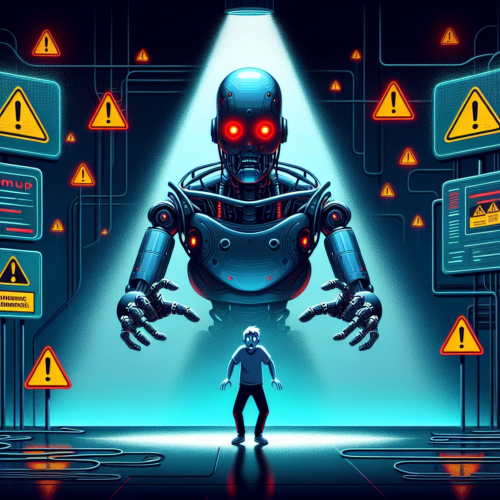The Unseen Dangers of AI You Can’t Ignore

Artificial Intelligence (AI) has been a transformative force across various sectors, bringing about unprecedented advancements and conveniences. However, as AI continues to evolve, it also brings along a host of risks and dangers that are not always visible or well understood by the general public. In 2024, several instances have highlighted the pressing need to address these unseen dangers. This blog delves into some of the most critical AI-related threats that cannot be ignored.
1. Security Vulnerabilities in AI Systems
AI systems, especially those involved in generative tasks, are becoming increasingly complex. With complexity comes a higher risk of security vulnerabilities. A recent article on HelpNetSecurity discussed the potential security risks associated with Generative AI (GenAI). These systems can be manipulated to produce harmful outputs, leading to misinformation, privacy breaches, and even cyber-attacks.
2. State-Sponsored AI Threats
The geopolitical landscape is being significantly influenced by AI advancements. The UK's cyber intelligence agency has announced plans to create an AI lab to counter threats from hostile states. This move underscores the reality that AI can be weaponized, posing a significant threat to national security. Such developments stress the importance of international cooperation and stringent regulatory frameworks to prevent misuse.
3. Trust and Safety in AI Deployment
The discourse around AI safety is not just about technical robustness but also about trust and ethical considerations. According to the World Economic Forum, trust and safety discussions are crucial for ensuring AI systems are deployed responsibly. Without these conversations, there's a risk of eroding public trust in AI technologies, which can lead to resistance against beneficial AI applications.

4. Regulatory Actions and Corporate Commitments
In a significant move, the Biden-Harris Administration announced new actions and received major voluntary commitments from leading AI companies to ensure AI safety and ethical standards. The White House fact sheet outlines these initiatives, which include measures to prevent AI misuse, enhance transparency, and promote fairness in AI systems. These steps are pivotal in mitigating AI risks at a systemic level.
5. AI in Conferences and Industry Discussions
Industry leaders are continuously discussing AI safety and new advancements. At the Ai4 2024 Conference, H2O.ai headlined with new safety capabilities and open-weight SLM models. This Datanami article highlights the industry's commitment to developing AI systems that are not only powerful but also secure and ethical.
Conclusion
The unseen dangers of AI are real and multifaceted, ranging from security vulnerabilities and state-sponsored threats to ethical and trust issues. It is essential for governments, industry leaders, and the public to stay informed and engaged in discussions about AI safety. By proactively addressing these risks, we can harness the benefits of AI while safeguarding against its potential harms.
Stay informed, stay safe, and be a part of the conversation about AI's future – because the unseen dangers of AI are too significant to ignore.
